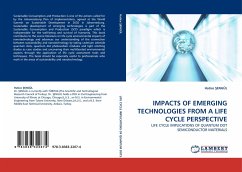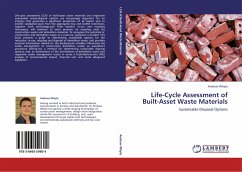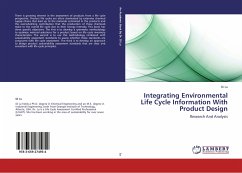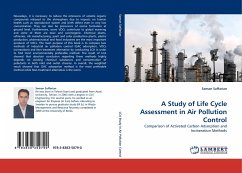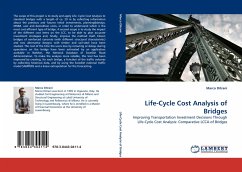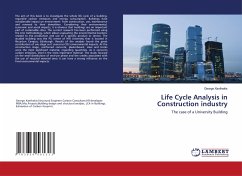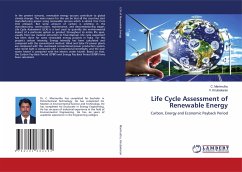The fish finger has become a favourite food for many families and individuals. Few people, however, think about the background of their fish finger, the complex production and transportation systems that lie behind it. Consumers generally feel comfortable with food that does not resemble species from natural habitats, and it is not always the case that one thinks of possible effects of one's dinner on the biosphere. This study has taken a wider perspective at the fish sticks, and a closer look at the environmental effects that the fish fingers' life cycles can have. This LCA study looks at the impacts on the environment from fisheries, processing, waste and transport connected with the production of fish fingers.Four scenarios are compared: 1) a global production system with fish caught in the Northern Pacific Ocean, production in China and transport to Norway, 2)fishery in the Barents Sea with transport to and from China, where the processing takes place, 3) fishery in the Barents Sea with relatively short transport to processing in England, and 4)a fictional scenario: fish from the Barents Sea taken ashore in Finnmark and turned into fish fingers there.


